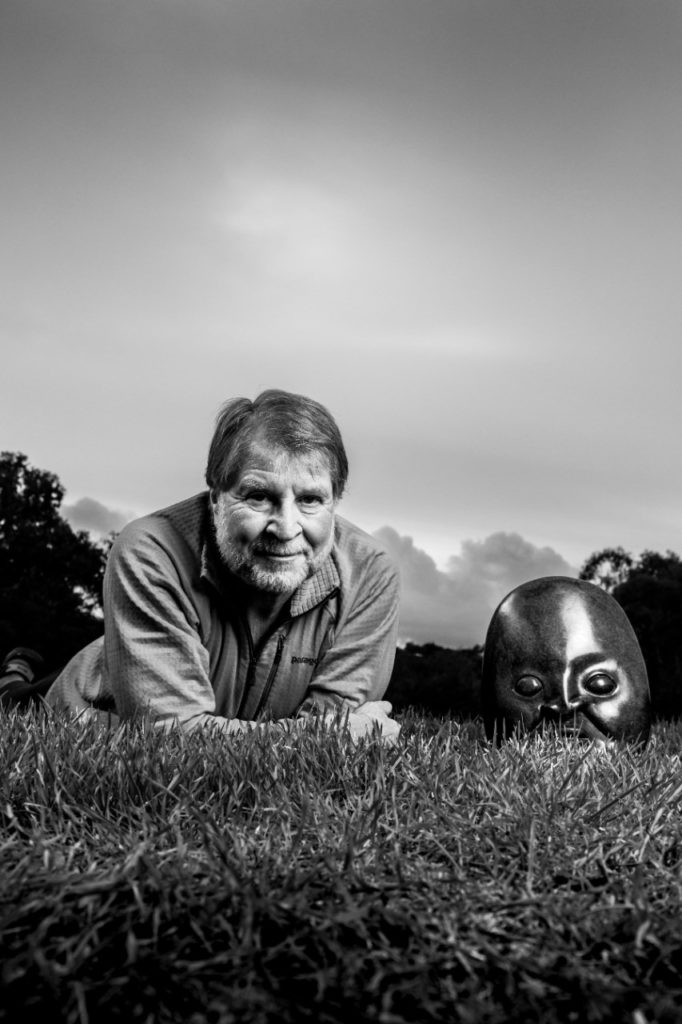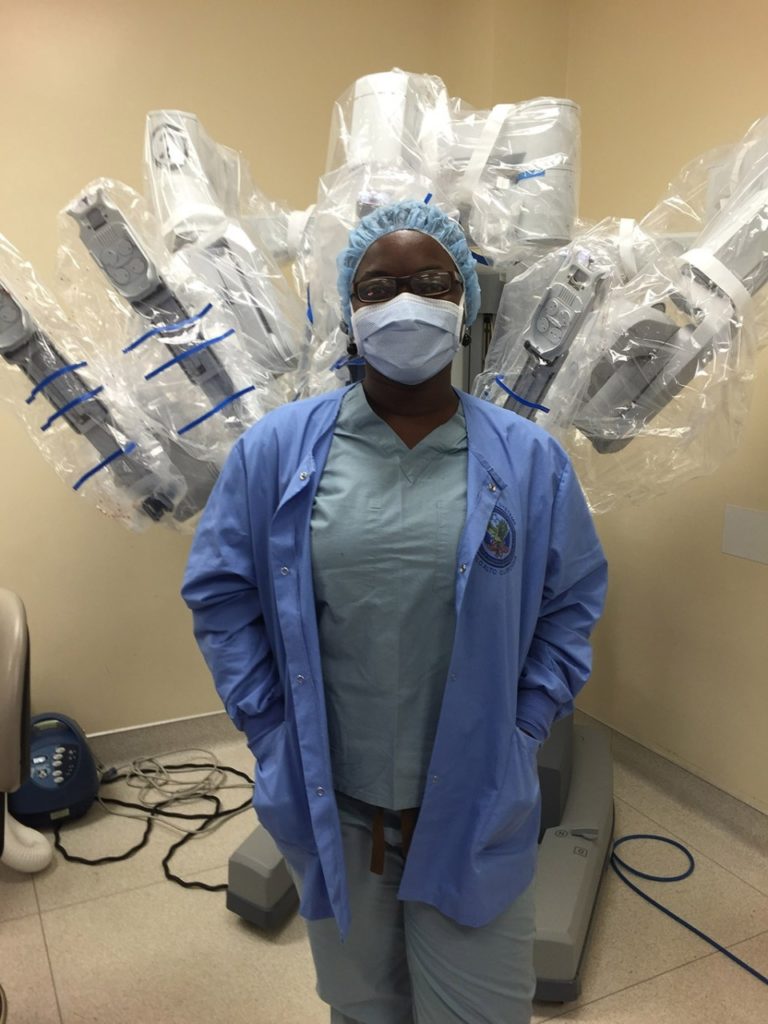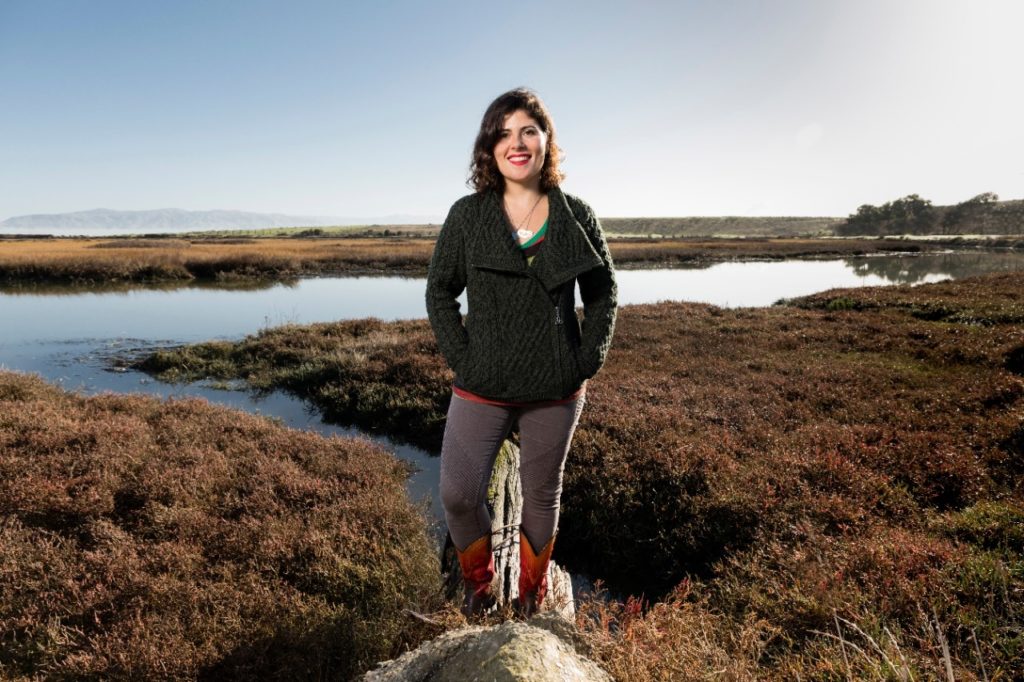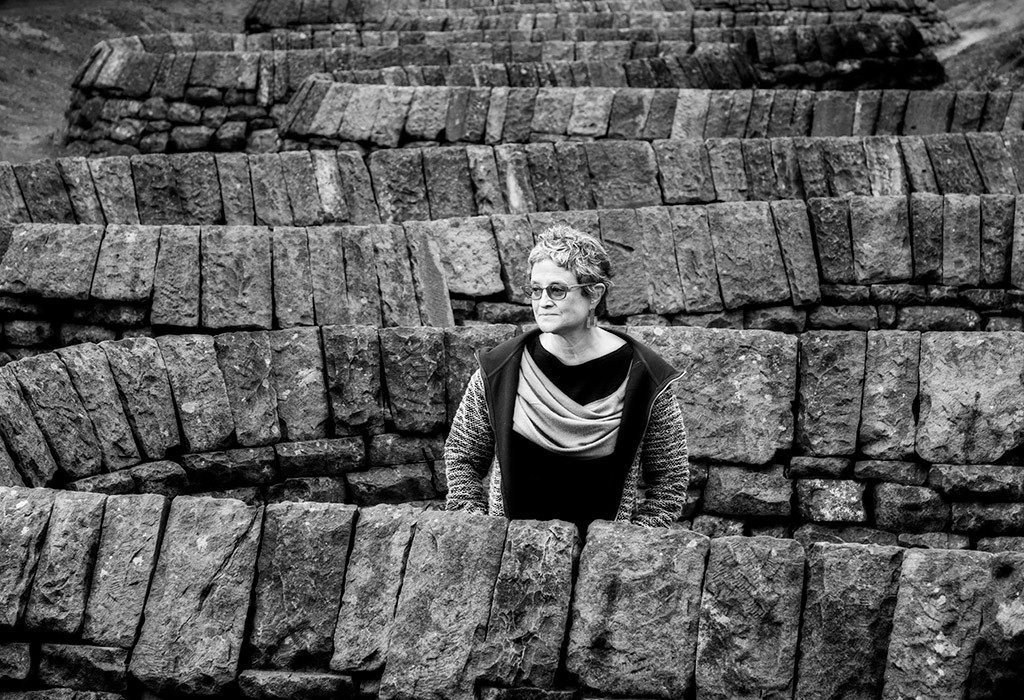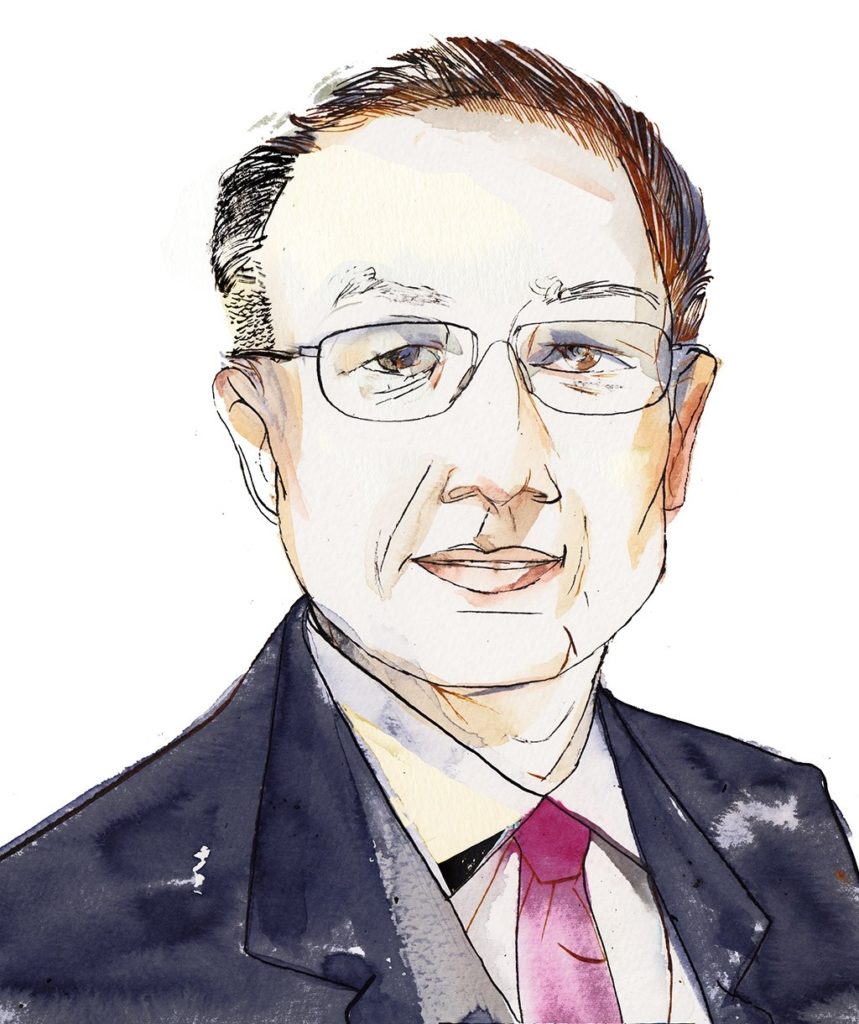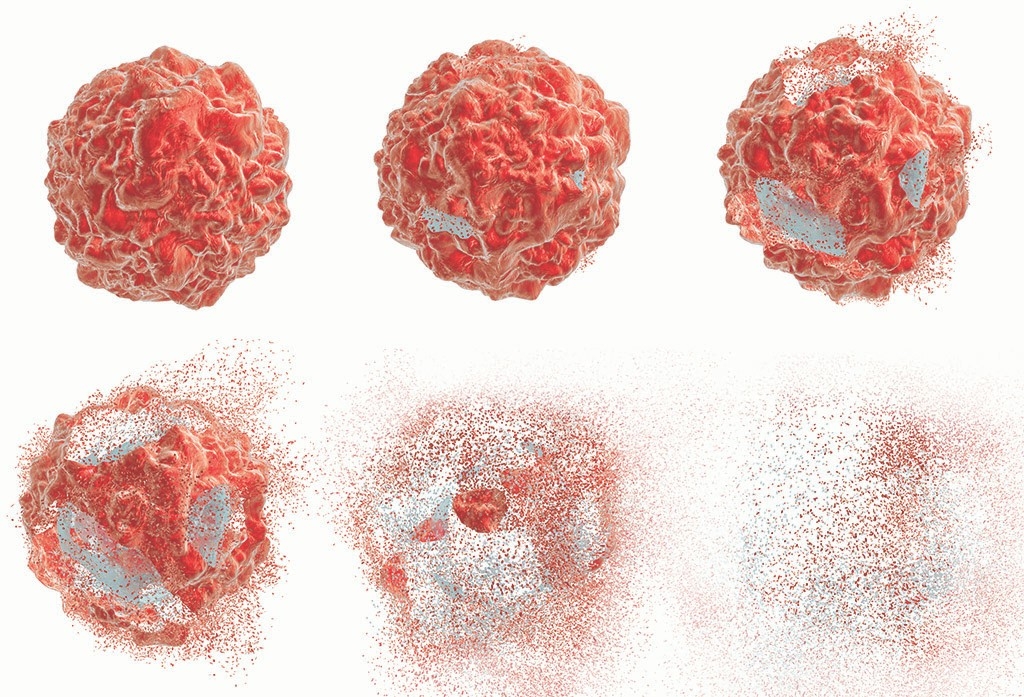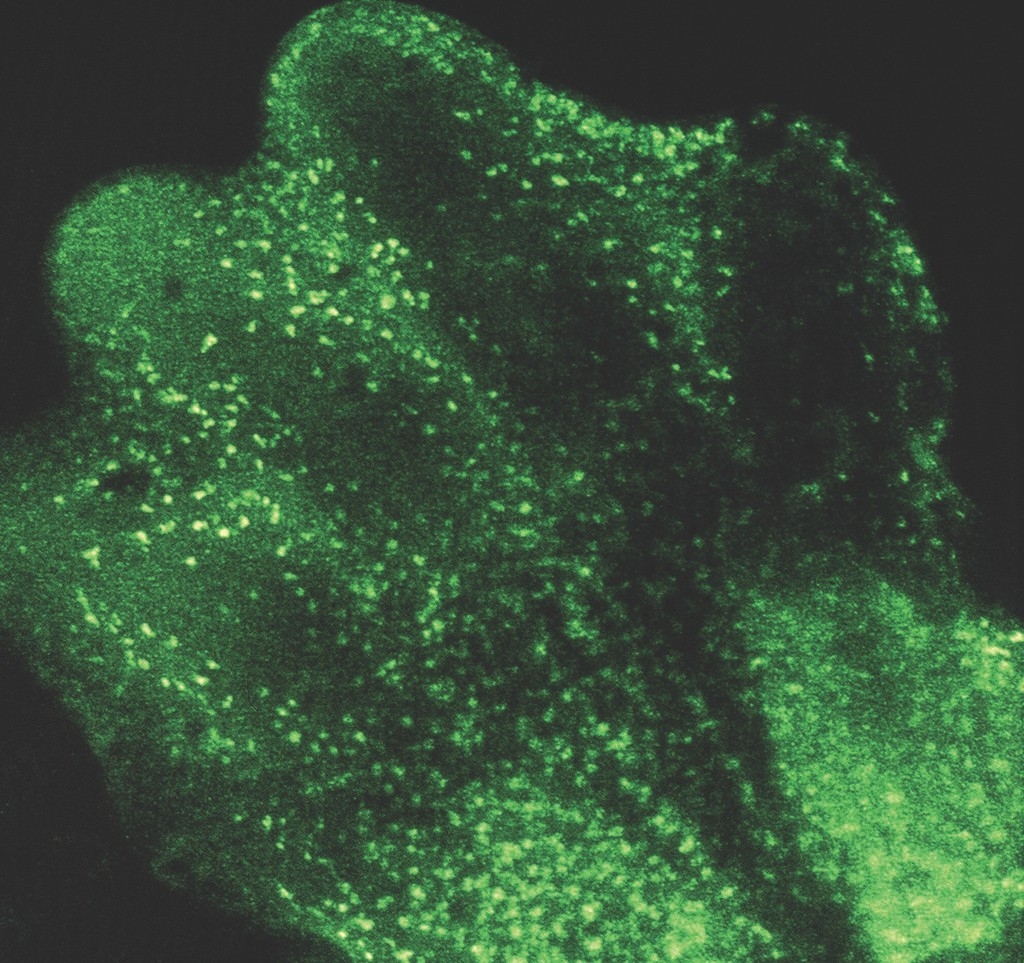A global purpose
Education, research and care
This magazine issue explores Stanford’s Medicine’s collaborative efforts at home and abroad to battle conditions that are central to some of the world’s overarching health concerns.

Global health
No longer neglected
A Zimbabwean clinic’s aim is to vanquish dire ear, nose and throat ailments in children
A shared mission
Learning together through Stanford-Zimbabwe health care collaborations
The mosquito trackers
Apprehending the insects spreading dengue, chikungunya and Zika
A better brick
A quest to save lives by cleaning up production of a ubiquitous building material
Cultivating women leaders
A movement takes off to put more women at the top in medicine
Toward a world without poverty
A conversation with Jim Yong Kim, the doctor who led the World Bank
A better way to resuscitate
Stanford-India biodesign fellows invent a device that helps newborns breathe on their own
Getting real
Medical residents experience global health needs firsthand
Letter from the Dean
A universal yearning for healthy lives
Improving global health through research, training and care
Plus
Hitting pain’s off switch
Figuring out why some pain becomes agonizing and chronic
How cells self-destruct
Discoveries about the ways cells die are inspiring new disease treatments
Royal treatment
Honeybee protein keeps cultured embryonic stem cells youthful
Upfront
Cracking tough cases
Detective doctors have diagnosed more than 100 unsolved cases and named 31 newly identified conditions, helping patients who have sometimes waited years for answers.
Upfront is a quick look at the latest developments from Stanford Medicine
The father factor
Research suggests that the children of older dads might have more complications at birth than babies with younger dads.
New Health Trends Report
A proliferation of data is driving more democratization in health care, according to Stanford Medicine’s second annual Health Trends Report, published in December.
Inner origami
Scientists believe they have identified the process that is key to sending stem cells on the path to form distinct tissue types.
Boning up
Researchers hope that understanding the genetics behind the fast bone growth and mineralization in antler regeneration can provide insight into treating fractures, osteoporosis and other bone diseases.
New children’s health leader
Paul King, a longtime leader in children’s and women’s health, has been tapped to lead children’s health at Stanford Medicine.
Heart-healthy mutations
A study of the genetic and health records of thousands of U.S. military veterans could offer clues for treating heart disease and diabetes.
Explore issues

The majestic cell
How the smallest units of life determine our health

Psychiatry’s new frontiers
Hope amid crisis
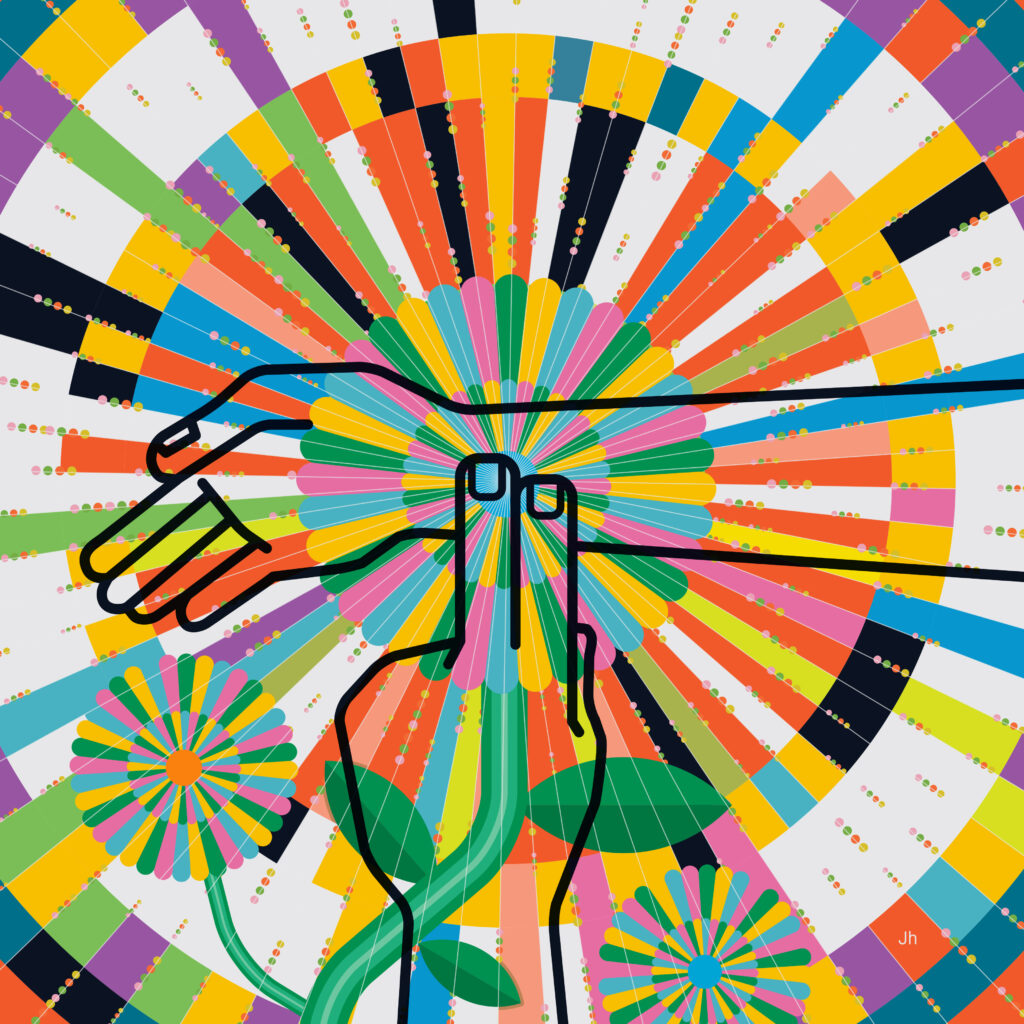
AI explodes
Taking the pulse of artificial intelligence in medicine


